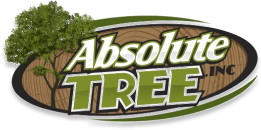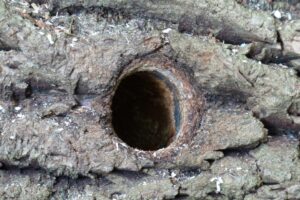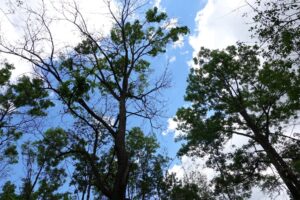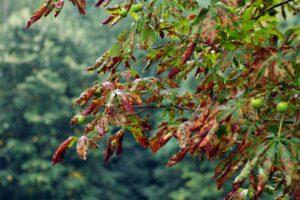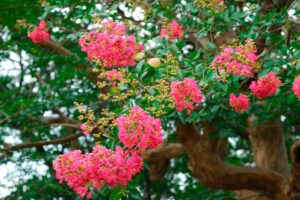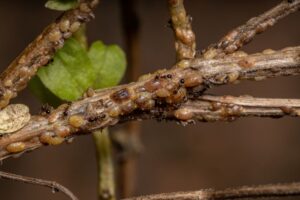When deciding to plant trees on your residential or commercial property, there are many factors that need to be taken into consideration. We have developed a guide for choosing what tree to plant dependent upon your individual setting and preferences.
It is important to consider all factors, including tree heights, amount of sun required and maintenance, before choosing a tree! Each of these factors can drastically affect its growth.
Keep reading for tips on choosing the best trees to plant on your property.
Why Do You Want to Plant Trees?
Before we start evaluating our options, establish your reasoning and desire to plant. Are you looking to create shade for your home or business? Interested in creating a barrier between neighbors? Perhaps you want a visually appealing tree that makes your yard beautiful.
Each of these motivators can drastically influence your choices, so keep these ambitions in mind while researching the perfect tree for your yard. If privacy is the goal, you don’t want to end up with a deciduous tree that drops leaves and opens that space back up every winter.
Determining Tree Size
One of the first decisions to make before deciding on a tree to plant is how large do you want your fully mature tree? Even if you select a slow growing species, you need to consider the end result to avoid unwanted costs and problems down the road.
Why is tree size important? The fully mature tree needs to be appropriately spaced from all buildings and power lines. While it may take twenty years to reach that height, the tree will then become a hazard that requires professional service to trim or remove. If you are going to make this investment, it’s vital to think long term.
Tree Height
Trees are typically categorized in three main sizes: small (30’ or less), medium (30’-70’) and large (70’ or more).
Tree placement is essential for optimal growth and maintenance. Scope your property and identify any height limitations that would affect a fully mature tree. If your property is cased in power lines, a small or medium sized tree may need to be placed along borders.
Large trees are best planted in the background of property, offering shade to large areas and accenting tall buildings. Be sure to plant them more than 40’ from any power lines. Small and medium trees are great privacy barriers and can attract wildlife. They also provide protection from both sun and wind.
Tree Width
Trees classified as wide typically span to 40’, and narrow trees cap out around 20’. This is an important factor to keep in mind when determining how far you need to plant trees from buildings, roads and other obstacles.
Consider width when planning to place multiple trees on your property. Allot enough space between all trees to reach their full maturity. If you neglect this need, frequent maintenance may be required that still ultimately leads to removal.
Small properties work well with narrow trees, allowing you to still plant multiple without overcrowding the space. It is possible to plant multiple narrow trees in clusters as well.
Choosing Growth Preference
All trees can be categorized as either deciduous or evergreen.
Deciduous trees lose their leaves every fall or winter, making them a great choice for energy efficiency. Providing shade in the spring and summer, they shed during the cooler seasons, allowing sunlight to reach your building.
Evergreen trees maintain their leaves year round. If you are seeking privacy or looking to stay cool year round, this is a great option. Arborists typically recommend planting these on the side of your building that faces north.
Tree Roots
While most of the factors considered are above ground, keep in mind that the stability and health of your tree relies on what lies beneath.
It is important to research root patterns before making a decision. If you’re planting close to your home or business, look for less aggressive roots especially if your power lines are underground.
Strong rooted trees that grow close to the surface have been known to crack sidewalks over time, so consider a tamer, deeper root for planting along borders and streets.
Soil Selection
Before selecting the type of tree, we need to determine the soil condition on your land. Since trees retrieve their water and nutrients from the ground, you need to choose a tree that will grow strong and healthy.
Four soil factors that influence tree growth drastically are:
- Drainage- Test your ideal planting locations by pouring a few gallons of water down. If the water drains, your tree will easily be able to retrieve water. However, pooling water means roots may drown from excess water in this area.
- Compaction- An easy way to test soil compaction is to dig into the ground. Easily moved soil will allow roots to grow and stabilize your tree. Tough soil can deter root growth leading to weak trees that are susceptible to failure and uprooting.
- pH- This may require a little research, but pH levels can affect different species of trees. Your local nursery can likely provide you with strips and tips for testing soil on your property.
- Texture- Medium textured, loamy soil provides optimal nutrients, air, and water for growth. Coarse, sandy soils will restrict nutrients but allow water and air to travel. Fine, clay-like soils offer high nutrient content but restrict air and water.
Luckily, soil adaptable species are available for both residential and commercial planting. If you have poor soil, opt for a tree that is able to adjust.
Don’t Forget About the Sun!
While you might be planting trees to block the sun, make sure that your tree is receiving the adequate light it needs to survive. Some trees only require moderate sunlight and will be able to survive in almost any location on your property. Just be sure to check the recommended amount of sun before placing your tree.
Selecting the Type of Tree
You’re almost there! So far, you have:
- Determined why you want to plant trees
- Decided how tall and wide they can be
- Chosen deciduous trees, evergreen, or both
- Evaluated the soil on your property and
- Allotted for appropriate sunlight levels
There’s only one more step is answering, “what kind of tree should I plant,” the species! If you’re interested in beautiful blooms, be sure to keep that in mind as you shop.
Before you make a final decision, we always recommend researching which trees are disease prone in your region. Various tree diseases affect different areas of the country, but you can lower your trees’ risk of by avoiding species that are known to get sick.
Recommended Tree Species
If you live in Virginia, or similar regions in the Mid-Atlantic, we have some recommended trees.
|
Tree Species |
Scientific Name |
Height/Width |
Soil Needs |
Sun |
Foliage |
Notes |
|
American Beech |
Fagus grandifolia |
Large/Wide |
Well drained, non- compacted |
Moderate, Shade Tolerant |
Deciduous |
Slow growing |
|
American Flowering Dogwood |
Cornus florida |
Small/Narrow |
Well drained, Acidic |
Full to Moderate |
Deciduous, Bright Red Berries, Small Flowers with Pink, White & Red |
Beautiful foliage in all four seasons |
|
Eastern Redbud |
Cercis Canadensis |
Small/Narrow |
Moist, Well drained |
Full to Moderate |
Deciduous, Heart Shaped Leaves, Pea-like Pods |
Attracts bees for pollination |
|
Persian Ironwood |
Parrotia Persica |
Medium/Wide |
Well drained, Acidic |
Full to Moderate |
Deciduous |
Very weather resistant |
|
Washington Hawthorn |
Crataegus Phaenopyrum |
Small/Narrow |
Well drained |
Full |
Deciduous, Beautiful Flowers & Small, Red Berries |
Perfect for urban conditions and nesting songbirds |
|
Bald Cyphress |
Taxodium Distichum |
Large/Narrow |
Very Moist, Acidic |
Full to Moderate |
Deciduous, Develops Cone Seeds |
Fast growing, Trunks can develop knees |
|
Paperback Maple |
Acer Griseum |
Small/Narrow |
Adaptable |
Moderate, Shade Tolerant |
Deciduous, Beautiful Peeling Wood, Winged Seeds |
Slow growing |
|
Black Gum |
Nyssa Sylvatica |
Large/Wide |
Moist, Well drained, Acidic |
Full to Moderate |
Deciduous, Bird-Attracting, Can Produce Wild Honey |
Very deep roots |
|
Willow Oak |
Quercus Phellos |
Large/Wide |
Moist |
Full to Moderate |
Deciduous Acorns |
Great for shade; Acorns attract wildlife |
Consult with a Professional Tree Service
As we’ve covered, there are many aspects involved in deciding the type of tree to plant on your property. Make a sound investment by consulting with a professional tree service. These experts know the ins and outs of placement, soils, species, common diseases, the best trees to plant in Virginia and more.
If you’re in Northern Virginia, give Absolute Tree Service Inc. a call at (703) 969- 6207. You can also contact us online here.
Our team of certified arborists is trained and knowledgeable in tree planting and placement. Let us know how we can help you turn your home or business into a place of beauty by choosing trees for your property.
For the Absolute Best Tree Service in Northern Virginia, call Absolute Tree Today!
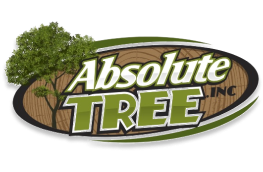
Author Profile: Ashley Davis
Over the last 19 years, Absolute Tree has grown a reputation as one of the premier tree service companies in the Northern Virginia areas. And there’s a good reason for this—we love trees and our passion for them shows. When you call on Absolute Tree for tree service, you aren’t just getting “some guys who cut down trees.” You’re hiring highly skilled arborists who understand the growth of trees and consider tree care an art form.
Stay Up-to-date!
Swing in each month for new articles, pest alerts, local resources, tree care tips, tree health updates, and landscape maintenance ideas
